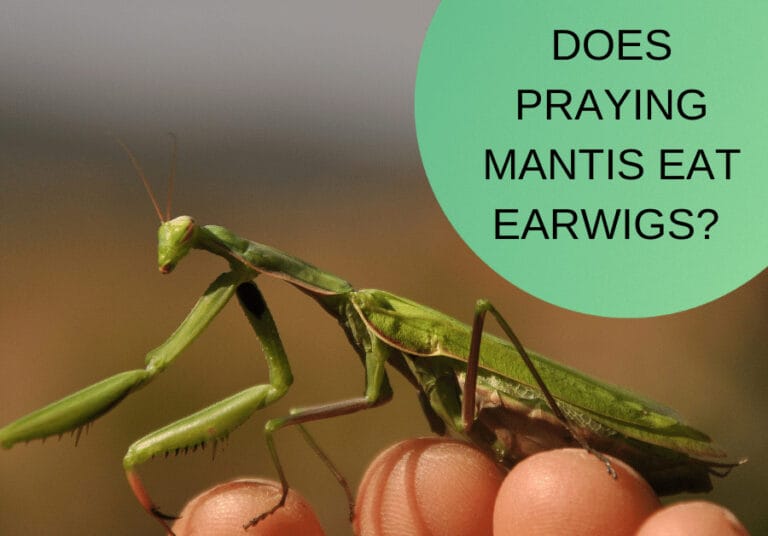In “How to Propagate Lavender in 7 Easy Steps,” you'll discover a simple and rewarding process for growing new lavender plants from existing ones. Lavender is a versatile flower that not only adds beauty to your garden but also repels pesky insects. Whether you're a beginner or have some gardening experience, this step-by-step guide will help you successfully propagate lavender in your own backyard. From choosing the right stems to planting the cuttings, you'll learn all the tips and techniques necessary to propagate this fragrant and colorful plant. So grab your pruning shears and get ready to grow an abundance of lavender plants for free!

Methods for Propagating Lavender
Lavender is a beautiful and versatile plant that can be easily propagated through various methods. Whether you want to expand your lavender garden or share this lovely plant with friends and family, propagating lavender from cuttings is a simple and effective way to do it. In this article, we will explore the best time to take lavender cuttings, how to propagate lavender in water, and the use of rooting hormone to encourage successful root development. Let's get started!
What You'll Need
Before we dive into the propagation process, let's make sure you have all the necessary tools and materials. Here's what you'll need:
- A mature lavender plant: Choose a healthy and vibrant plant from which you can take cuttings.
- Pruning shears or a sharp knife: These tools will help you make clean and precise cuts.
- Potting mix: Use a well-draining potting mix that is suitable for growing lavender.
- A small plant pot: A size-appropriate pot will provide the right environment for root development.
- Rooting hormone (optional): Rooting hormone can increase the chances of successful propagation by stimulating root growth.
With these supplies at hand, you're ready to start propagating lavender!

Step 1: Choose Blossom-Free Stems to Cut
Examining the stems on your mature lavender plant is the first step in selecting the right cuttings. Look for healthy, straight stems that show no signs of pests or disease, and have good color but no buds. It's important to choose stems that are free from blossoms, as the energy required for flowering can hinder root development.
Select a long stem and locate the point where old growth transitions into new material. The old growth, known as hardwood, is typically darker in color, while the new growth, called softwood, is lighter in color. During the spring and summer months, you'll want to focus on selecting stems with a good amount of softwood.
Step 2: Take Cuttings
Once you've identified suitable stems, it's time to take cuttings. Use clean and sharp pruning shears or a knife to make clean cuts. Cuttings should be around 3-4 inches long to provide enough material for rooting. To maximize your chances of success, select 3-4 stems to cut from the mature lavender plant. With practice, you will be a pro at Stem Cutting: Propagate Plants Like a Pro.

Step 3: Remove Lower Leaves
To ensure that the fresh cuttings have ample space to form healthy roots, remove all leaves from the lower 2 inches of the stem. This part of the stem will be buried in the soil, and removing the leaves eliminates the need for excess moisture.
@omaha_gardener Propagating Lavender #propagation #lavender #gardening #growyourownfood #herb #foryou #farm #homestead
♬ GOOD VIBES – Ellen Once Again
Step 4: Prepare your Pot
Preparing the pot for planting is an essential step in the propagation process. Fill the pot up to an inch below the rim with potting mix. Moisten the potting mix with water to ensure it is adequately hydrated. Using your finger or a pencil, create holes a few inches deep in the soil for each cutting to be placed in.

Step 5: Dip Cuttings in Rooting Hormone
Using rooting hormone is an optional step in the propagation process, but it can significantly increase the chances of successful root development. If you choose to use rooting hormone, dip the end of each cutting into the hormone product. This will encourage strong root growth and increase the success rate of propagation.
Step 6: Plant Cutting in Soil
Now it's time to plant the cuttings in the prepared pot. Place each cutting in the soil so that the bare stems are below the soil level. Gently pack the soil around each cutting to hold it in place and provide stability.

Step 7: Monitor the Cuttings
After planting the cuttings, it's important to provide them with the proper care and monitoring. Place the pot in a warm location with bright, indirect sunlight. Lavender cuttings thrive in warm and well-lit environments. Keep the soil moist but not overly wet, as excessive moisture can lead to rotting. Check the cuttings regularly over the next two to four weeks for signs of rooting.
To determine if the cuttings have successfully rooted, give them a gentle tug after a couple of weeks. If you feel resistance, it means that roots have formed and your lavender cuttings are on their way to becoming established plants.
Conclusion
Propagating lavender from cuttings is an easy and rewarding process that allows you to expand your lavender garden and share the beauty of this versatile plant with others. By following the steps outlined in this article, you can successfully propagate lavender and enjoy the benefits of this fragrant and stunning plant. Happy propagating!



